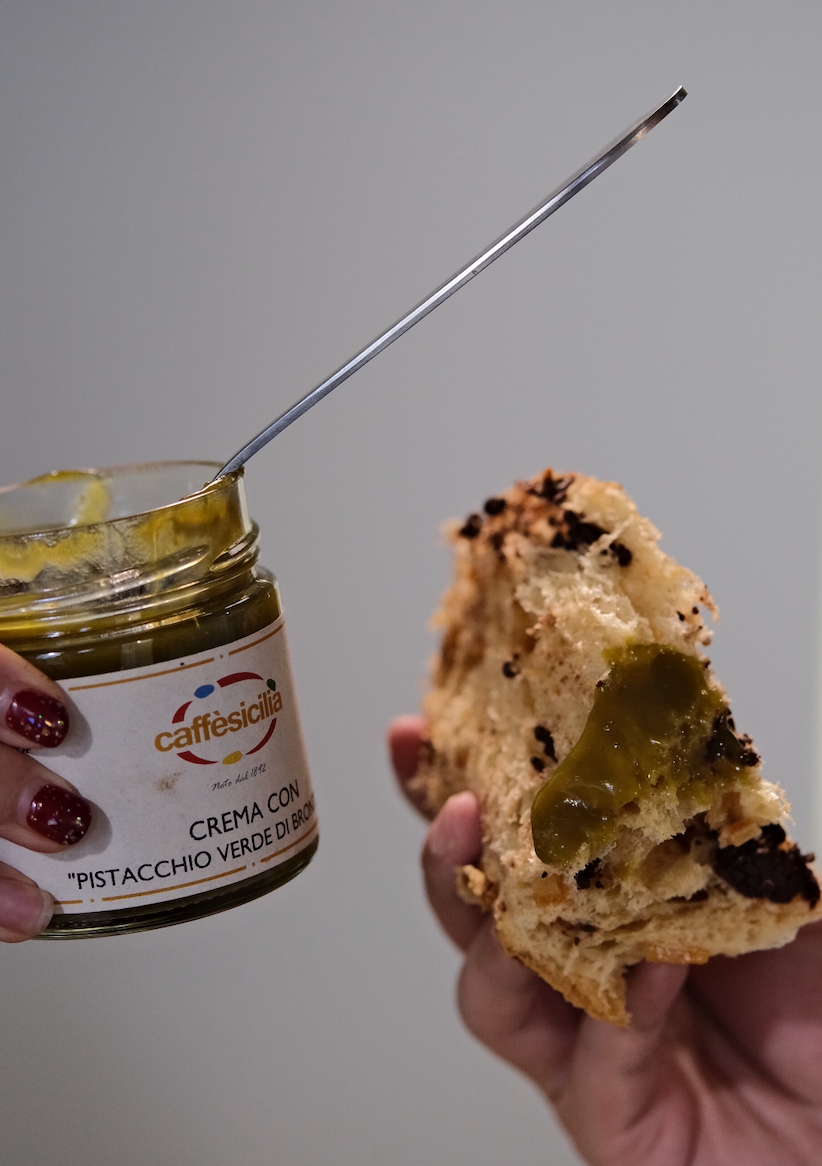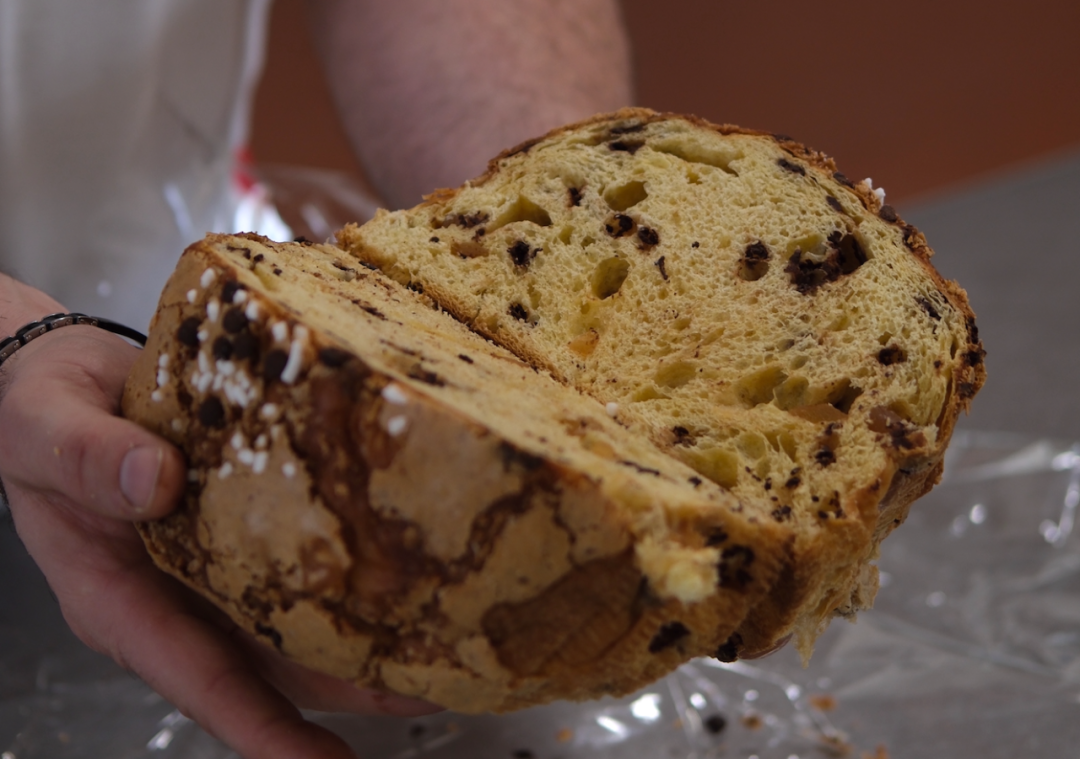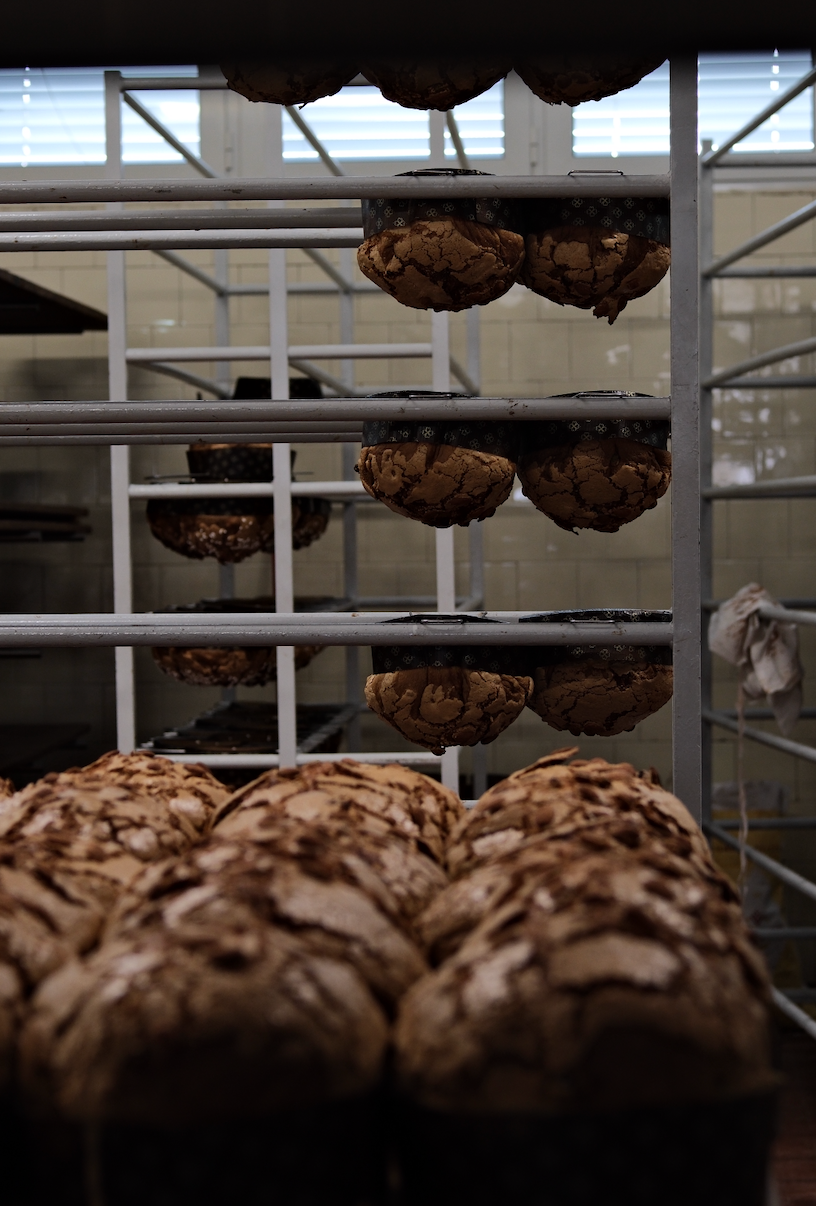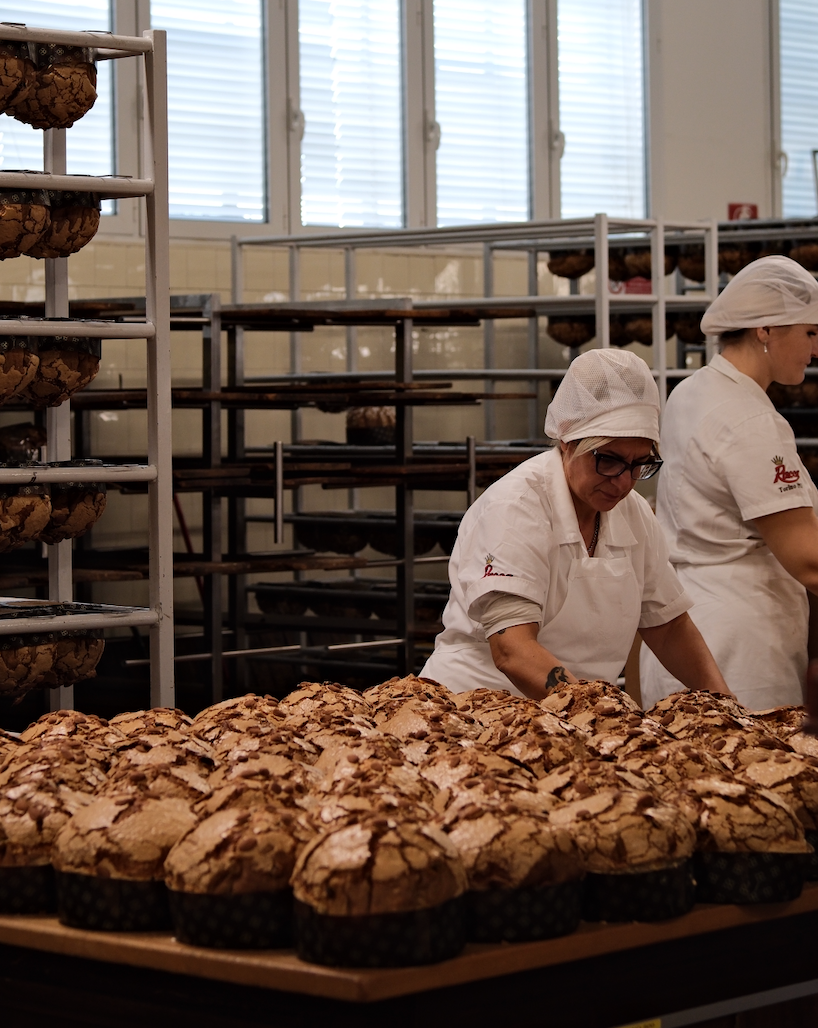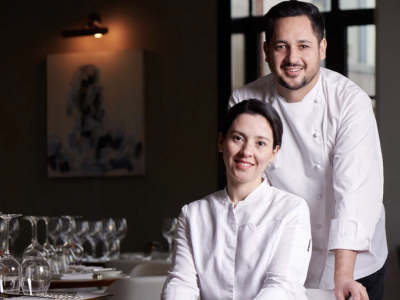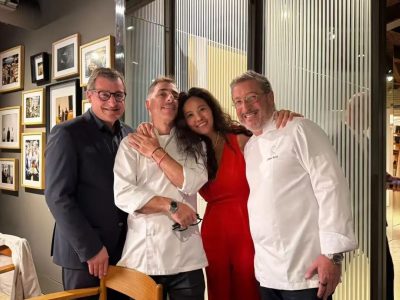No one quite knows when it started, but Asia has been swept up in a Panettone wave in recent years. Just like how the Japanese eat strawberry shortcake at Christmas and Germans enjoy Stollen, Panettone is something Italians can’t celebrate Christmas without.
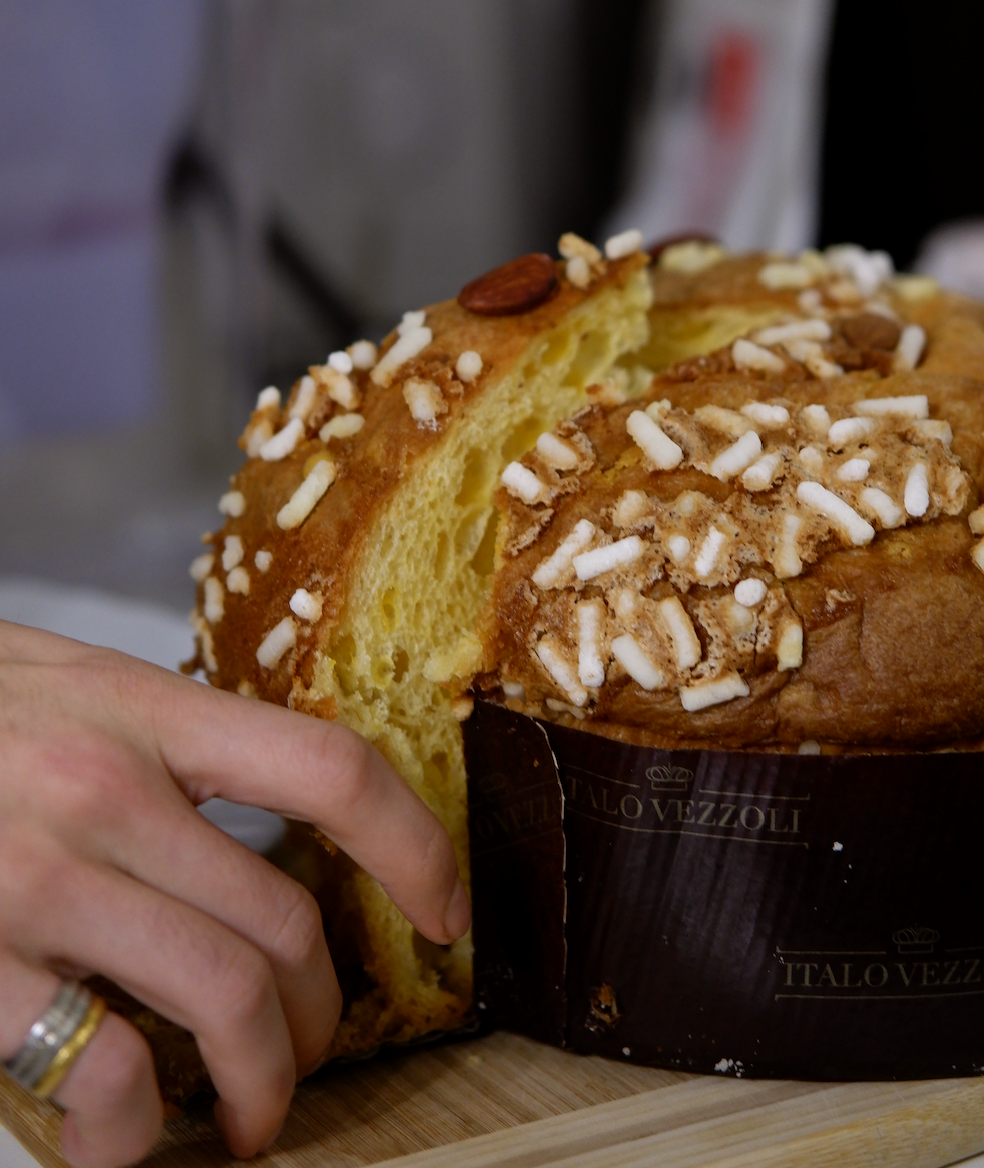
@Jocelyn 华姐的TastyTrip YouTube
Panettone belongs to the bread category— yet it looks as airy as chiffon cake, with the butteriness of brioche, the elastic interior of Japanese milk bread, and the rich dried-fruit aroma of Stollen. You could say it brings together the best traits of many beloved baked goods. Maybe you’re unimpressed by Panettone the same way I was, because of the overly sweet, dry, or greasy versions commonly found on the market.
Then one day, by chance, I bought a Panettone from Italo Vezzoli at Eataly in Turin — and was completely stunned by how good it was.It wasn’t even the classic version with raisins and candied oranges. It was topped with lemon meringue sugar pearls and almonds. The complexity lifted from the long-fermented dough, the mouthfeel exactly like cotton candy……I still think about it to this day. I had initially stared at the big, hefty loaf wondering how many days it would take to finish it; turns out I was worried for nothing.
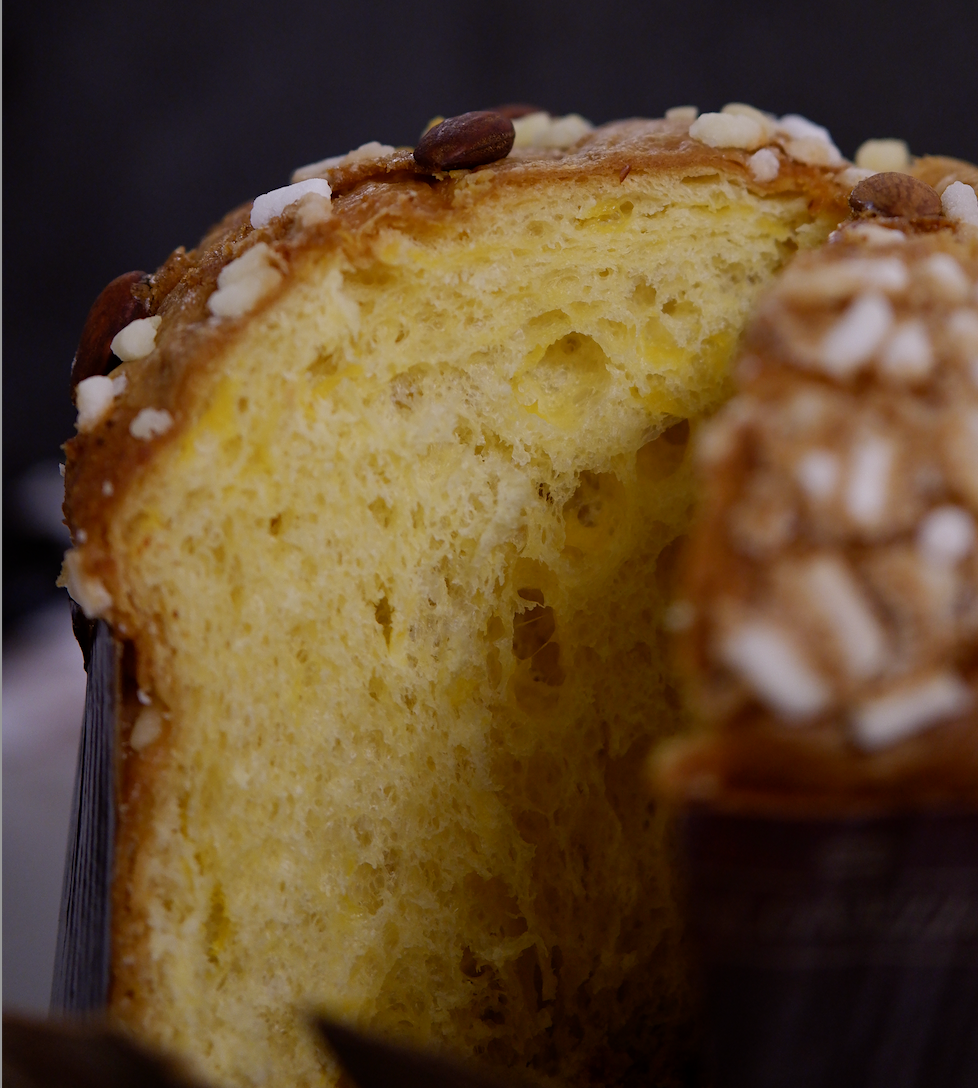 Panettone from Italo Vezzoli
Panettone from Italo Vezzoli
And just like how people rush to buy salted egg yolk pastries for Mid-Autumn Festival, scoring Panettone made by masters like Andrea Tortora or Niko Romito is like hitting the jackpot. Having tasted them, I can say they absolutely live up to the reputation — each with its own style. Some lean into eggy aromas, some spotlight the butter, others captivate with boozy fruit aroma, but what they all share is an impossibly airy softness and an irresistible flavor.
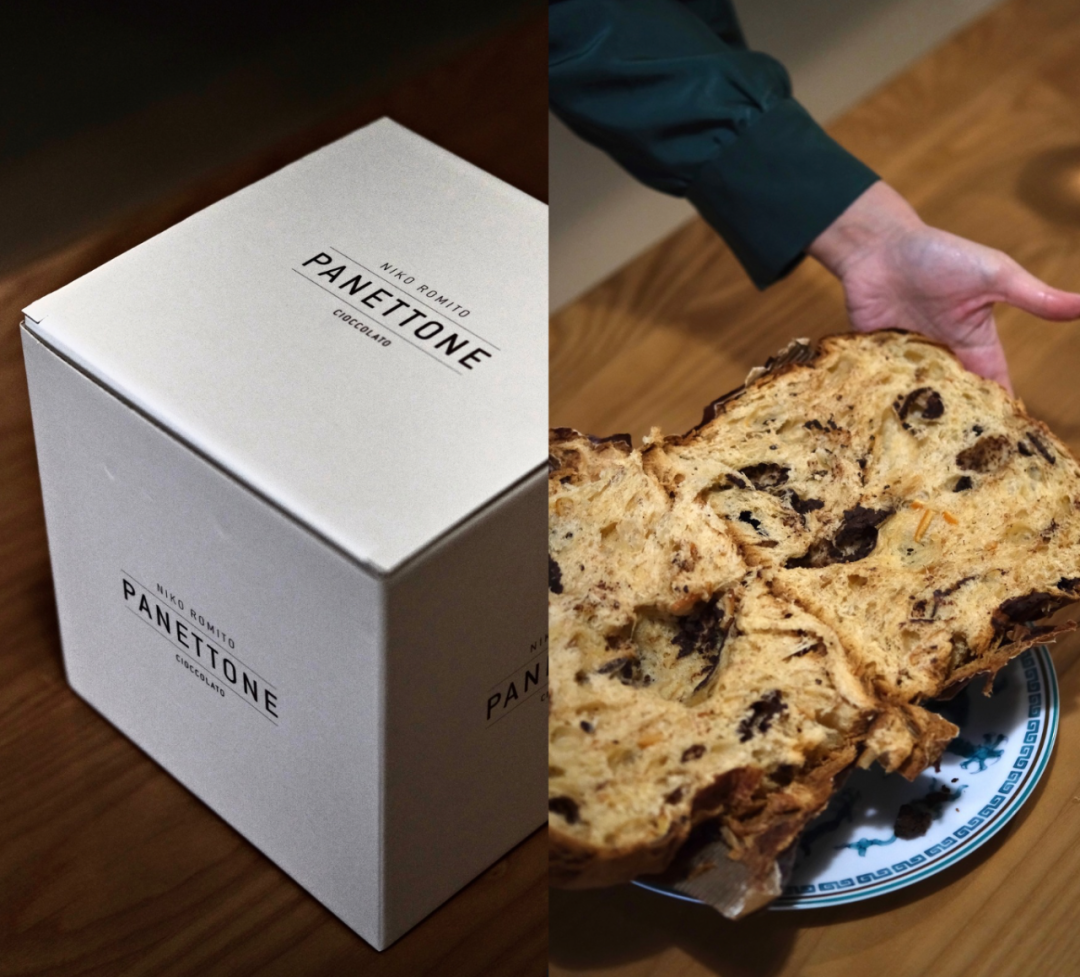 Niko Romito
Niko Romito
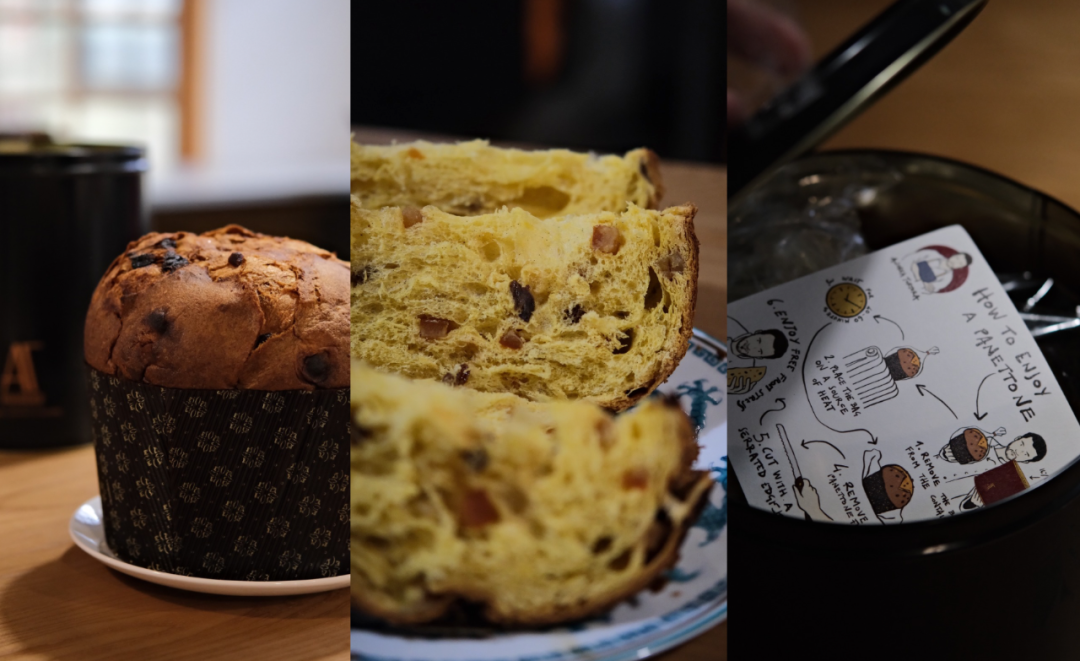 Andrea Tortora
Andrea Tortora
@Jocelyn 华姐的TastyTrip YouTube
When I eat Panettone, I insist on having a piece with both the caramelized crust and the crumb together — that’s the only way to enjoy the dual textures in one bite. It pairs beautifully with tea or sparkling wine, and I love tearing it apart by hand as a snack. The only concern is that it vanishes as quickly as popcorn in a movie theatre. And if you generously spread some mascarpone or 70% pistachio cream on top, it becomes sinful. Plus a glass of demi-sec champagne? Perfection.
Of course, the very Panettone that haunts my dreams is also notoriously labor-intensive — enough to make bakers tremble. The process slowly grinds down one’s patience; time is the true magic, and shortcuts simply don’t exist.
A typical Panettone takes around three days to make, and everything begins with the sourdough starter, thelievito madre. Each bakery has its own recipe when it comes to Panettone, but they will all tell you the same thing: the lievito madre is key. It stabilizes the dough structure, and the complex aromas developed during fermentation are impossible to replicate with commercial yeast. A chef once joked, “If the ingredients are good enough, we probably don’t need to work.” The same goes for Panettone — if your starter is good, you’ve already won half the battle. Starters vary by bakery too: some are 50 years old, others over a hundred, nurtured daily like a Chinese master stock that lives on for generations.
Besides the starter and flour, Panettone relies on large amount of butter, egg yolks, and sugar. Butter and yolks create moisture; sugar binds water to make the crumb soft; and high-protein flour gives elasticity and extensibility. So, forget about the idea of making a “healthy low-sugar low-fat Panettone”.
After rounds of kneading, fermentation, and resting, the dough is finally mixed with dried fruits or other additions depending on the flavor. At this stage, the dough is soft, moist and elastic, pulling into a thin translucent membrane — it always reminds me of mochi, or the delicate skin of a baby. Only this texture can support the dramatic rise in the oven. The dough is shaped, placed into its mold, and then begins another long wait.
Patience is needed not only to make Panettone, but to eat it as well. Once it comes out of the oven, the air floods with the aroma of butter and fruit. But you still can’t dig in. It has to hang upside-down overnight so the denser butter, sugar, and moisture can redistribute evenly, keeping the loaf from collapsing. (It reminds me of my childhood, watching my family invert chiffon cakes on wine bottles.) And even after the hanging, it takes another three days for the dough to fully absorb the flavors and notes from the fruits and vanilla added to generate the flavor peak.
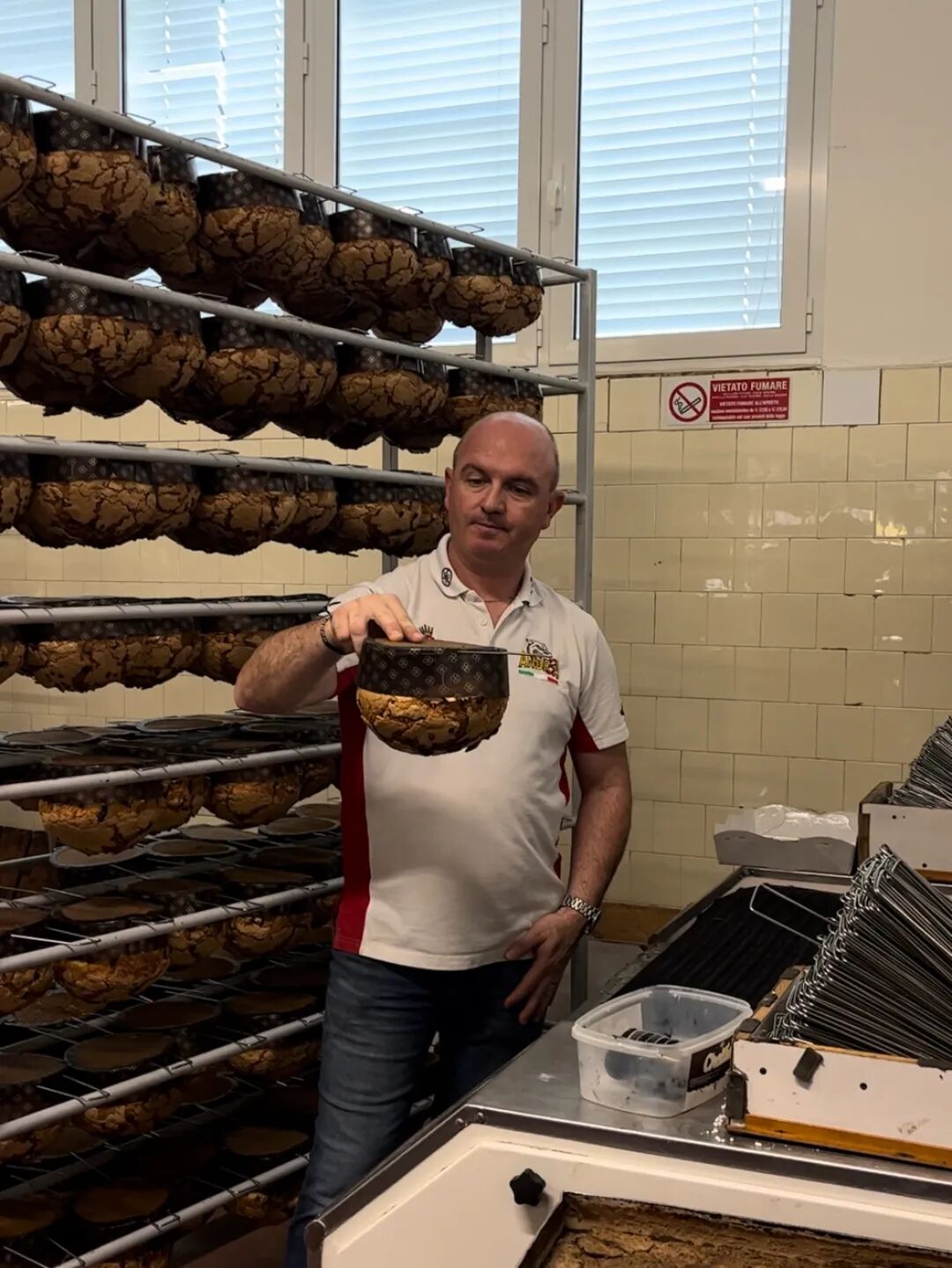 Owner of Turin's Pasticceria Racca, Andrea Moscone
Owner of Turin's Pasticceria Racca, Andrea Moscone
The traditional Panettone includes candied citrus and raisins, but bakeries quickly embraced creativity: chocolate, almond icing, candied lemon, amarena, pistachio… Massimo Bottura’s Gucci Osteria in Tokyo released a Sorrento-lemon edition this year; Andrea Tortora collaborated with the classic Milanese pastry brand Cova on a raspberry and ruby chocolate Panettone. And at a chef collaboration event involving Yannick Alléno in Turin’s Condividere this year, they even served a savory “Panettone sandwich.” Watching the masters innovate each November has become a joy in itself.
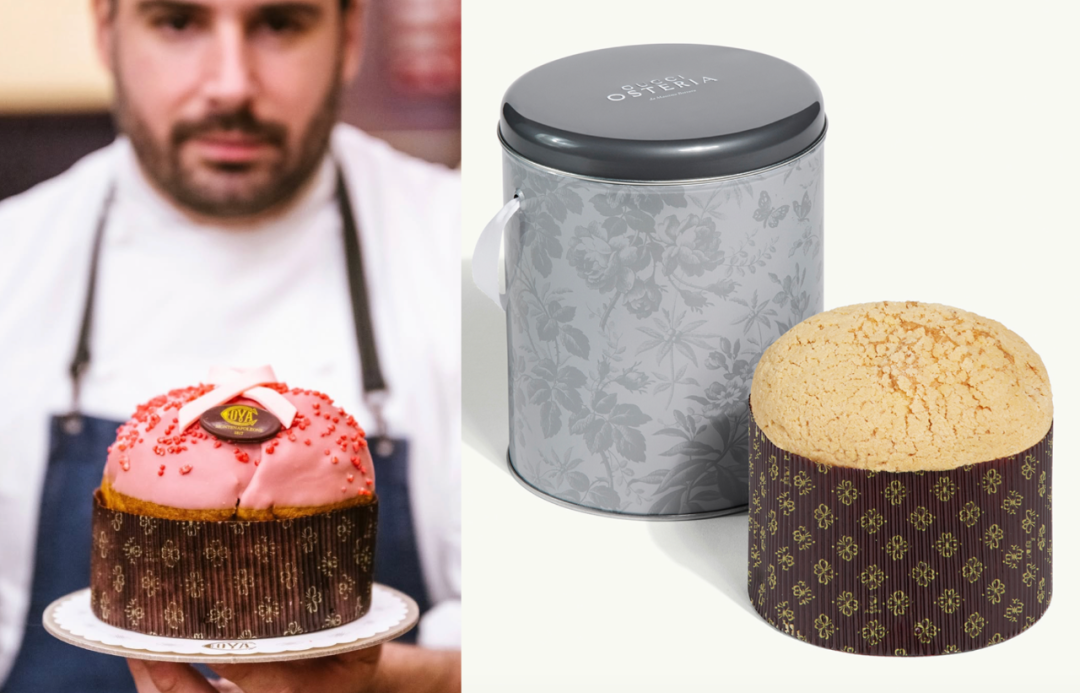 Andrea Tortora(Left)、Gucci Osteria, Tokyo(Right)@at_patissier/ Gucci Osteria
Andrea Tortora(Left)、Gucci Osteria, Tokyo(Right)@at_patissier/ Gucci Osteria
 Savory Panettone Sandwich from Condividere, Turin (Special Event)
Savory Panettone Sandwich from Condividere, Turin (Special Event)
Before even tasting a great Panettone, your other senses are already rewarded — cut it open and the perfume of flour, butter, and fruit weaves together to enchant you. Tear along its cloud-like crumb, and it melts on the tongue like cotton candy, with a lingering finish. In fact, Panettone artisans are said to judge the dough’s progress by sound — when you think about that, making Panettone truly engages all five senses.
Panettone originated in Milan, and there are many stories about its beginnings. The most famous tells of a baker named Toni who accidentally invented a loaf mixed with dough and candied fruit, hence “Pan di Toni” — Toni’s bread — which eventually evolved into Panettone.
At Pasticceria Racca in Turin, a bakery with over seventy years of history, owner Andrea Moscone proudly showed us their starter: “It’s older than everyone sitting here — already 75 years old.” When I randomly asked about their butter, I was surprised to hear that they use clarified butter from Belgium. They also use two types of flour from the U.S. and Italy, and they source their raisins from Australia. It seems that in the pursuit of quality, they’ve long abandoned the stereotype of “Italy is the best.” Their classic Panettone and their signature chocolate-pear version were truly delicious, but what moved me even more was the pride and passion they radiated through every gesture — things consumers rarely get to see.
Clearly, Panettone is far more than just “Christmas bread.”
Author: Patty Chuang
Photos: Patty Chuang


